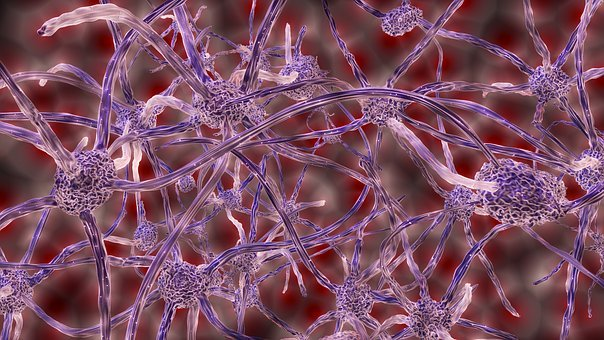341


Researchers at the University of Texas Health Science Centre at Houston, McGovern Medical School, U.S., have shown that astrocytes enhance healing by transferring their mitochondria to the damaged neurons after a brain haemorrhage. Astrocytes are the neural supporting cells that help neurons to develop and function properly.
Image Credits: Pixabay
What is the role of mitochondria?
Mitochondria are the cell organelles bounded by a membrane, found in most eukaryotic organisms. The main role of mitochondria is to break down nutrients to produce energy-rich molecules for the cells. Due to this reason, they are known as the powerhouse of the cell. The energy produced by the mitochondria is stored in a molecule called ATP (Adenosine Triphosphate). The cells use this energy for their biochemical reactions. Different cells have different amounts of mitochondria depending on the need for energy.
What role do mitochondria play fight free radicals?
During intracerebral brain haemorrhage, an artery in the brain bursts leading blood rushing to tissues, damaging mitochondria and inducing free radicals (highly reactive molecules causing damage to brain tissues) that cause more damage. This condition also harms mitochondria. Astrocytes transfer their healthy mitochondria to injured neurons after a brain haemorrhage. These mitochondria consist of a healing peptide (a short chain of amino acids) called humanin and an enzyme (proteins) called manganese superoxide dismutase (Mn-SOD). They enable mitochondria to fight free radicals and prevent neuronal death.
Image Credits: Wikimedia
What did the study find?
The research team instigated a brain haemorrhage in mice. The haemorrhage increased the number of free radicals and decreased the amount of Mn-SOD in the brain. Then, they injected these mice with healthy mitochondria after a haemorrhage. With the help of molecular tags, the researchers found that the rodents’ neurons accepted mitochondria from the blood flow. Molecular tagging is a method by which new DNA is injected into living organisms.
The mice who received the healthy mitochondria showed better neurological recovery. However, the benefits decreased when they were injected with mitochondria without the Mn-SOD enzyme. The study results revealed that mitochondria could be transferred between brain cells to heal damaged neurons and improve recovery after a brain haemorrhage.
The detailed study was published in the journal JNeurosci.
To ‘science-up’ your social media feed, follow us on Facebook, Twitter or Instagram!
Follow us on Medium!
Follow us on Medium!

